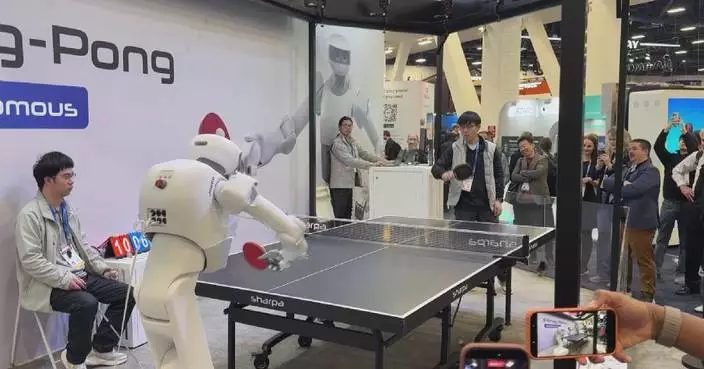The United Nations has a working aid plan and supplies ready to go, said its humanitarian chief on Friday, dismissing alternative proposals from the U.S. and Israel.
Tom Fletcher, the UN under-secretary-general for humanitarian affairs, urged on X for rapid, safe, and unimpeded access to starving civilians in Gaza, calling for parties to stop wasting time on alternative aid distribution models.
U.S. Ambassador to Israel Mike Huckabee recently announced an alternative aid plan designed to serve around 1.2 million people -- about 60 percent of Gaza's population -- through four distribution centers inside the enclave.
The operation would be managed by a newly established private entity, the Gaza Humanitarian Foundation, and secured by U.S. contractors, with the Israeli military guarding the perimeter.
The UN has voiced firm opposition to the plan, citing concerns over its impartiality, neutrality, and independence.
"We have the people. We have the distribution networks. We have the trust of the communities on the ground. And we have the aid itself -- 160,000 pallets of it -- ready to move. Now," Fletcher said on X.
Commenting on the proposed alternative model, he said, "let's not waste time", emphasizing that the UN has an established and reliable plan already in place.
Israel halted the entry of goods and supplies into Gaza on March 2, following the expiration of the first phase of a January ceasefire agreement with Hamas. It resumed attacks on Gaza on March 18, which have so far killed 3,131 Palestinians.
According to the UN's Food and Agriculture Organization (FAO), all 2.1 million Palestinians in Gaza are at risk of famine, with one in five facing starvation.

UN humanitarian chief dismisses US alternative aid plan for Gaza as waste of time
The Iranian government is focusing on public concerns and maintaining stable supplies of essential goods amid recent protests, Iranian President Masoud Pezeshkian said in a televised interview on Sunday.
In the city of Karaj, northwest of the capital Tehran, daily life has largely continued as normal. A video filmed by a local resident on Sunday shows food stores open and grocery shelves fully stocked.
"This is the block near my home, and there are some food stores here. Daily life continues here. Last night we did not see many protests in Karaj. Right now the city is very safe. This is a grocery store close to my home. All the food is available; nothing is in shortage. Here are noodles and different types of beans. Here are dairy products, cheese, and yogurt. I also checked other grocery stores and didn't see any shortages. Everything is available," said local resident Ali Reza.
Iranian officials have described recent disturbances as acts orchestrated by the "enemy," including some carried out by well-trained and armed "terrorists." The incidents have caused casualties among security personnel and civilians, as well as property damage.
The Secretary of Iran's Supreme National Security Council Ali Larijani has directed authorities to severely punish the "terrorists."
Meanwhile, Iran's police chief Ahmad-Reza Radan said on Sunday that the police had raised alert levels and arrested several leaders of the troublemakers during the operations on Saturday.
President Pezeshkian noted in the interview that the normal demands of the Iranian people are reasonable and justified, but they must realize that triggering riots and carrying out terrorist acts are the enemy's attempts to undermine the country. He urged the public to remain vigilant.
Also on Sunday, Iranian Parliament Speaker Mohammad Baqer Qalibaf warned that Tehran would regard U.S. and Israeli bases and facilities in the Middle East as "legitimate targets" if Washington takes military action against Iran. His remarks followed media reports saying U.S. President Donald Trump is "seriously considering authorizing a strike" against Iran.
Iranian state media reported that at least 109 members of Iran's security forces have been killed in clashes since the protests began 14 days ago. Meanwhile, human rights groups based outside the country said the number of protesters killed has exceeded 200, though the figure could not be independently verified.
The protests initially erupted over a sharp depreciation of the rial and sweeping subsidy reforms. Iranian authorities have blamed the unrest on foreign-linked agents and sanctions imposed by the United States.

Iranian president says government focusing on ensuring supplies amid protests










